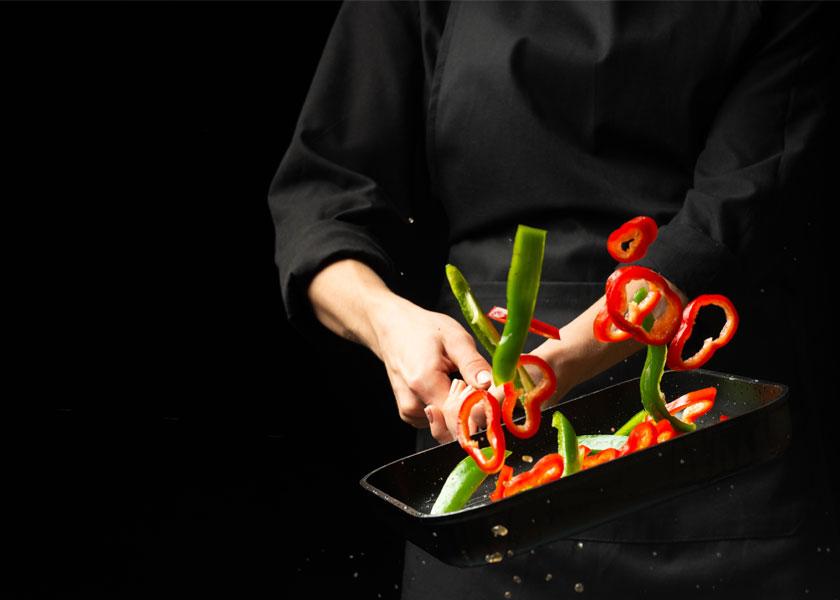Is Food Inflation Real?

Food prices for consumers are higher. Wholesale costs for restaurants are higher. Is inflation a real or transitory issue for agriculture and food?
Wells Fargo chief agricultural economist, Dr. Michael Swanson, joined Chip Flory on AgriTalk to discuss the issue and how it’s developing.
Swanson says two forces got us to the current situation:
- In 2019, grain stocks were run lower and the market did not ration through price. “Back in 2019 the market would have been a lot better off moving to $4 plus corn to send a signal earlier in the market about how to use it and how to grow it,” Swanson says. He forecasts work to be done until 2023 to restore grain stocks to levels that are more in balance.
- Labor is a key driver in the food system of the U.S. “We're still trying to sort out with labor issues about who should be working, where they should be working, and for what wage rate,” Swanson says.
The National Restaurant Association says wholesale food prices remain on track to post their largest annual increase since 2014.
Increased food costs, higher labor costs and changing consumer behaviors are still revealing post-pandemic effects.
“People are deciding: you're going to go out to eat, or you're going to eat at home,” Swanson says. “We all see those signs, you know, 15 plus dollar an hour for working at the cash register. That makes food expensive. It only gets more expensive as you go up the chain. So people might want to get away from home, but it's going to be really expensive due to the labor issue.”
While there have been other “shocks” in the economy, Swanson sees labor as the longest running and most challenging issue.
“When you get an unusual thing like shutting down Texas refineries and the short of plastics for a while, that is a shock, that's not a structural change. And so what I think the Fed is really asking is, were there really structural changes that just make it more expensive to produce these products on a go forward basis,” Swanson says. “As you dig into each of those issues, whether it's timber, plastic, or steel, it's a much more complicated question. People are the are the biggest driver of anybody's costs.”
So is this inflation? The Fed points to the factors being of transitory nature. Swanson says keep an eye on the labor side of the equation.
“It's always about people,” he says. “We're still about 4 million people down from people who are working just a year ago. And the question is, is that transitory, what would it take to get them back in the market and what that means to inflation. I think the Fed wants to have it both ways, like all of us. They want to keep the market from getting too excited about inflation, while they wait to see a better recovery.”








